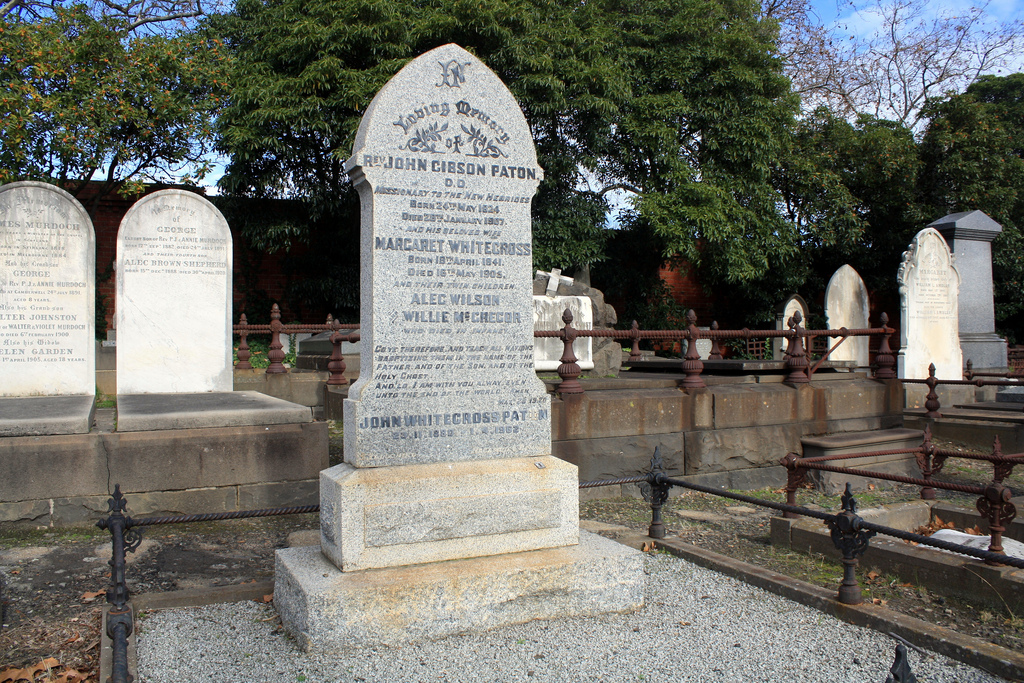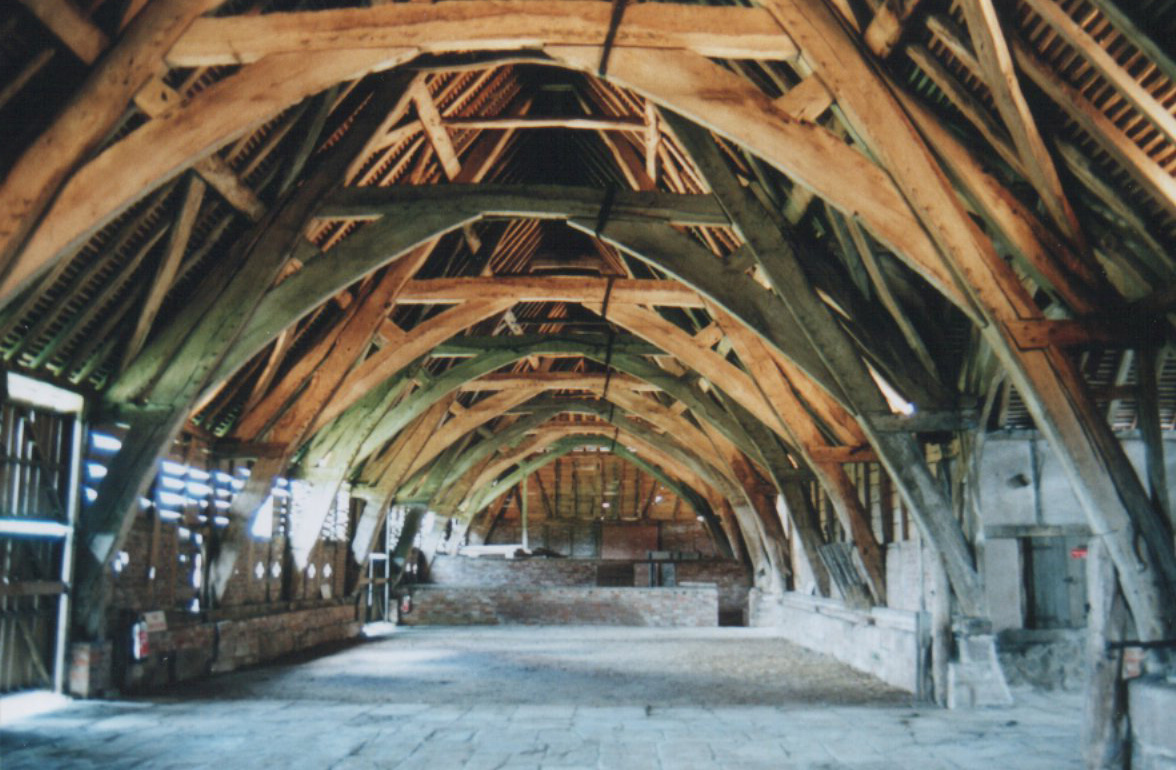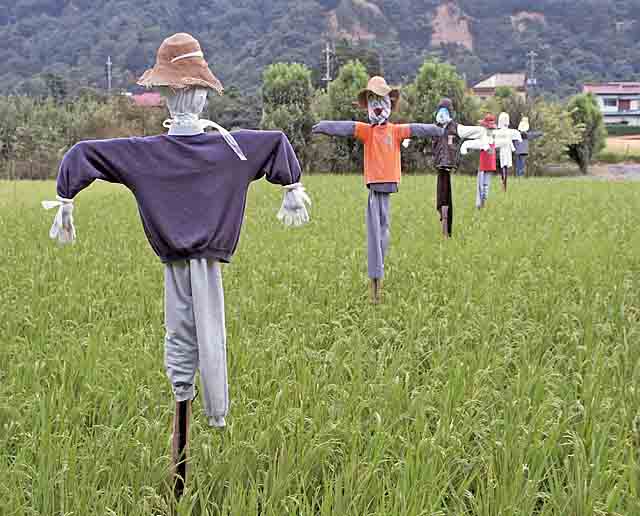|
Torthorwald
Torthorwald is a village and civil parish in Dumfries and Galloway, south-west Scotland. It is located east of Dumfries on the A709 road to Lochmaben. The area was the property of the de Torthorwald family until the end of the 13th century, when the estate passed by marriage to the Kirkpatricks. In 1418, William de Carleil married the Kirkpatrick heiress. He may have been the builder of Torthorwald Castle, which was erected around this time, possibly on top of an earlier a motte. Torthorwald was erected as a burgh of barony in 1473. Torthorwald Castle was occupied until 1715; only two of its walls still stand, to a height of around . The pre-Reformation church at Torthorwald belonged to the Trinitarian Friars of Fail in Ayrshire. The present parish church was erected in 1782 on the site of this earlier foundation. Torthorwald is now within the united Parish of Kirkmichael, Tinwald and Torthorwald, which was created in 1981. The 19th-century missionary John Gibson Paton (1824� ... [...More Info...] [...Related Items...] OR: [Wikipedia] [Google] [Baidu] |
Torthorwald Castle
Torthorwald Castle is a large ruined rectangular tower at the centre of the village of Torthorwald just outside Dumfries in south west Scotland. History The first castle on the site was an earthwork motte-and-bailey built in the 12th century. The earliest building which forms part of the current ruins was built in the 14th century. Clan Kirkpatrick Torthorwald Castle was originally owned by Sir David Torthorwald in the 13th Century, some of his descendants supported the English army during the First War of Scottish Independence, because of it, King Robert the Bruce confiscated the lands in 1306 and granted them to Sir John de Soules (Guardian of Scotland), but he died in After John's death in Ireland in 1310, after it passed to the Scottish clan, when Humphrey de Kirkpatrick acquired the lands in 1326, and they started the stone structure of the castle that became the Torthowarld castle. Carlyle family In 1425 William Carlyle married the Kirkpatrick heiress and Torthorw ... [...More Info...] [...Related Items...] OR: [Wikipedia] [Google] [Baidu] |
Fail Monastery
Fail Monastery, occasionally known as Failford Abbey, had a dedication to 'Saint Mary',Love (2003), Page 209Groome, Page 561 and was located at Fail (NS 42129 28654) on the bank of the Water of Fail, Parish of Tarbolton near the town of Tarbolton, South Ayrshire. Most of the remaining monastery ruins were removed in 1952. The official and rarely used title was House of the Holy Trinity of Failford or the Ministry of Failford. History Other spelling variations for the monastery are 'Valle' (1307), 'Faleford' (1368), 'Feil' (1654), 'Feill' (1732), 'Faill' or 'Ffele'Paterson, V.II, Page 756 References refer loosely to both monks and friars and the establishment is sometimes marked on maps as a priory. The Trinitarians Also known as the 'Red Friars', or 'Mathurines' from the monastery of Saint Mathurin in Paris.Paterson, V.II, Page 754 The monks were charged with the duty of saving captives from slavery and as such, were called 'Fratres de Redemptione Captivorum' or 'The Fathers ... [...More Info...] [...Related Items...] OR: [Wikipedia] [Google] [Baidu] |
Racks Railway Station
Racks railway station was a railway station in Dumfries and Galloway, Scotland, south of Dumfries, OS NGR NY 033 743, serving and effectively creating the village of Racks near the Lochar Water, 4 miles ESE of Dumfries; a rural community within the Parish of Torthorwald. History The station, 62.64 miles south of Glasgow Saint Enoch station, opened in July 1848. The station is now closed, although the line running through the station remains open. The station building has been converted into a private dwelling. The difference in height between the main building and platform level was overcome by the use of two fenced diagonal ramps built into the slope with the remainder of the area occupied by a profusion of shrubbery and flower beds. Racks was opened by the Glasgow, Dumfries and Carlisle Railway, which then became part of the Glasgow and South Western Railway; in 1923 it became part of the London Midland and Scottish Railway at the Grouping, passing on to the Scottish R ... [...More Info...] [...Related Items...] OR: [Wikipedia] [Google] [Baidu] |
Dumfriesshire
Dumfriesshire or the County of Dumfries or Shire of Dumfries (''Siorrachd Dhùn Phris'' in Gaelic) is a historic county and registration county in southern Scotland. The Dumfries lieutenancy area covers a similar area to the historic county. In terms of historic counties it borders Kirkcudbrightshire to the west, Ayrshire to the north-west, Lanarkshire, Peeblesshire and Selkirkshire to the north, and Roxburghshire to the east. To the south is the coast of the Solway Firth, and the English county of Cumberland. Dumfriesshire has three traditional subdivisions, based on the three main valleys in the county: Annandale, Eskdale and Nithsdale. These had been independent provinces in medieval times but were gradually superseded as administrative areas by the area controlled by the sheriff of Dumfries, or Dumfriesshire. A Dumfriesshire County Council existed from 1890 until 1975. Since 1975, the area of the historic county has formed part of the Dumfries and Galloway council ... [...More Info...] [...Related Items...] OR: [Wikipedia] [Google] [Baidu] |
Dumfries
Dumfries ( ; sco, Dumfries; from gd, Dùn Phris ) is a market town and former royal burgh within the Dumfries and Galloway council area of Scotland. It is located near the mouth of the River Nith into the Solway Firth about by road from the Anglo-Scottish border and just away from Cumbria by air. Dumfries is the county town of the historic county of Dumfriesshire. Before becoming King of Scots, Robert the Bruce killed his rival the Red Comyn at Greyfriars Kirk in the town on 10 February 1306. The Young Pretender had his headquarters here during a 3-day sojourn in Dumfries towards the end of 1745. During the Second World War, the bulk of the Norwegian Army during their years in exile in Britain consisted of a brigade in Dumfries. Dumfries is nicknamed ''Queen of the South''. This is also the name of the town's professional football club. People from Dumfries are known colloquially in Scots language as ''Doonhamers''. Toponymy There are a number of theories ... [...More Info...] [...Related Items...] OR: [Wikipedia] [Google] [Baidu] |
John Gibson Paton
John Gibson Paton (24 May 1824 – 28 January 1907), born in Scotland, was a Protestant missionary to the New Hebrides Islands of the South Pacific. He brought to the natives of the New Hebrides education and Christianity. He developed small industries for them, such as hat making. He advocated strongly against a form of slavery, which was called "Blackbirding", that involved kidnapping the natives and forcing them to work in New Zealand and elsewhere. Though his life and work in the New Hebrides was difficult and often dangerous, Paton preached, raised a family, and worked to raise support in Scotland for missionary work. He also campaigned hard to persuade Britain to annex the New Hebrides. He was a man of robust character and personality. Paton was also an author and able to tell his story in print. He is held up as an example and an inspiration for missionary work. Early life Paton was born on 24 May 1824, in a farm cottage at Braehead, Kirkmahoe, Dumfriesshire, Scotland. ... [...More Info...] [...Related Items...] OR: [Wikipedia] [Google] [Baidu] |
Clan Kirkpatrick
Clan Kirkpatrick is a Lowland armigerous Scottish clan. There are several variations of the Kirkpatrick name: Kilpatric, Kilpatrick, and Gilpatrick. The names Kirkpatrick and Kilpatrick may have been interchangeable at one time. The clan is recognised by the Court of the Lord Lyon, however the clan does not currently have a chief so recognised. The surname Kirkpatrick is also a recognized sept of Clan Douglas and Clan Colquhoun. History Origins of the clan Traditional origins The clan takes its name from the church of Saint Patrick in the parish of Closeburn in Dumfriesshire, Scotland.Way, George and Squire, Romily. (1994). ''Collins Scottish Clan & Family Encyclopedia''. (Foreword by The Rt Hon. The Earl of Elgin KT, Convenor, The Standing Council of Scottish Chiefs). pp. 411 - 412. Traditionally the Kirkpatrick family of Closeburn have held these lands since the ninth century. Recorded origins The family first appear on record in the twelfth century when Ivone d ... [...More Info...] [...Related Items...] OR: [Wikipedia] [Google] [Baidu] |
Cruck
A cruck or crook frame is a curved timber, one of a pair, which support the roof of a building, historically used in England and Wales. This type of timber framing consists of long, generally naturally curved, timber members that lean inwards and form the ridge of the roof. These posts are then generally secured by a horizontal beam which then forms an "A" shape. Several of these "crooks" are constructed on the ground and then lifted into position. They are then joined together by either solid walls or cross beams which aid in preventing 'racking' (the action of each individual frame going out of square with the rest of the frame, and thus risking collapse). Etymology The term ''crook'' or ''cruck'' comes from Middle English ', from Old Norse ', meaning "hook". This is also the origin of the word "crooked", meaning bent, twisted or deformed, and also the crook used by shepherds and symbolically by bishops. Use Crucks were chiefly used in the medieval period for structures s ... [...More Info...] [...Related Items...] OR: [Wikipedia] [Google] [Baidu] |
Villages In Dumfries And Galloway
A village is a clustered human settlement or community, larger than a hamlet but smaller than a town (although the word is often used to describe both hamlets and smaller towns), with a population typically ranging from a few hundred to a few thousand. Though villages are often located in rural areas, the term urban village is also applied to certain urban neighborhoods. Villages are normally permanent, with fixed dwellings; however, transient villages can occur. Further, the dwellings of a village are fairly close to one another, not scattered broadly over the landscape, as a dispersed settlement. In the past, villages were a usual form of community for societies that practice subsistence agriculture, and also for some non-agricultural societies. In Great Britain, a hamlet earned the right to be called a village when it built a church. [...More Info...] [...Related Items...] OR: [Wikipedia] [Google] [Baidu] |
Dumfries And Galloway
Dumfries and Galloway ( sco, Dumfries an Gallowa; gd, Dùn Phrìs is Gall-Ghaidhealaibh) is one of 32 unitary council areas of Scotland and is located in the western Southern Uplands. It covers the historic counties of Dumfriesshire, Kirkcudbrightshire, and Wigtownshire, the latter two of which are collectively known as Galloway. The administrative centre and largest settlement is the town of Dumfries. The second largest town is Stranraer, on the North Channel coast, some to the west of Dumfries. Following the 1975 reorganisation of local government in Scotland, the three counties were joined to form a single region of Dumfries and Galloway, with four districts within it. The districts were abolished in 1996, since when Dumfries and Galloway has been a unitary local authority. For lieutenancy purposes, the area is divided into three lieutenancy areas called Dumfries, Wigtown and the Stewartry of Kirkcudbright, broadly corresponding to the three historic counties. ... [...More Info...] [...Related Items...] OR: [Wikipedia] [Google] [Baidu] |
Scarecrow
A scarecrow is a decoy or mannequin, often in the shape of a human. Humanoid scarecrows are usually dressed in old clothes and placed in open fields to discourage birds from disturbing and feeding on recently cast seed and growing crops.Lesley Brown (ed.). (2007). "Shorter Oxford English Dictionary on Historical Principles". 6th ed. Oxford: Oxford University Press. . Scarecrows are used around the world by farmers, and are a notable symbol of farms and the countryside in popular culture. Design The common form of a scarecrow is a humanoid figure dressed in old clothes and placed in open fields to discourage birds such as crows or sparrows from disturbing and feeding on recently cast seed and growing crops. Machinery such as windmills have been employed as scarecrows, but the effectiveness lessens as animals become familiar with the structures. Since the invention of the humanoid scarecrow, more effective methods have been developed. On California farmland, highly-refle ... [...More Info...] [...Related Items...] OR: [Wikipedia] [Google] [Baidu] |
Listed Building
In the United Kingdom, a listed building or listed structure is one that has been placed on one of the four statutory lists maintained by Historic England in England, Historic Environment Scotland in Scotland, in Wales, and the Northern Ireland Environment Agency in Northern Ireland. The term has also been used in the Republic of Ireland, where buildings are protected under the Planning and Development Act 2000. The statutory term in Ireland is "protected structure". A listed building may not be demolished, extended, or altered without special permission from the local planning authority, which typically consults the relevant central government agency, particularly for significant alterations to the more notable listed buildings. In England and Wales, a national amenity society must be notified of any work to a listed building which involves any element of demolition. Exemption from secular listed building control is provided for some buildings in current use for worsh ... [...More Info...] [...Related Items...] OR: [Wikipedia] [Google] [Baidu] |









